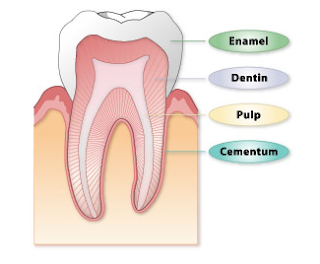Oral Cancer

Oral cancer on the side of the tongue, a common site along with the floor of the mouth Source: Wikipedia Mouth cancer, or oral cancer, can occur anywhere in the mouth, on the surface of the tongue, the lips, inside the cheek, in the gums, in the roof and floor of the mouth, in the tonsils, and in the salivary glands. It is a type of head and neck cancer and is often treated similarly to other head and neck cancers. Oral cancer can be life-threatening if not diagnosed and treated early. Mouth cancer mostly happens after the age of 40, and the risk is more than twice as high in men as it is in women. Symptoms The most common symptoms of oral cancer include: A sore that doesn't heal A sore that bleeds A growth, lump or thickening of the skin or lining of your mouth Loose teeth Poorly fitting dentures Tongue pain Jaw pain or stiffness Difficult or painful chewing Difficult or painful swallowing A sore ...




